Many energy innovations we take for granted would not exist without the contributions of Black Americans. We have better lighting, heating, transportation, communications, and more, thanks to some brilliant thinkers who faced the extra burden of oppression as they produced their achievements.
Black history is American history, and while this fact is infused into the national consciousness every February, it is something to remember year-round. An inclusive and diverse clean energy workforce is essential to tackling today’s urgent climate and energy challenges. Black History Month is a time to shine the spotlight on some Black energy pioneers who illustrate excellence, ingenuity, and perseverance, which helped shape our energy landscape.
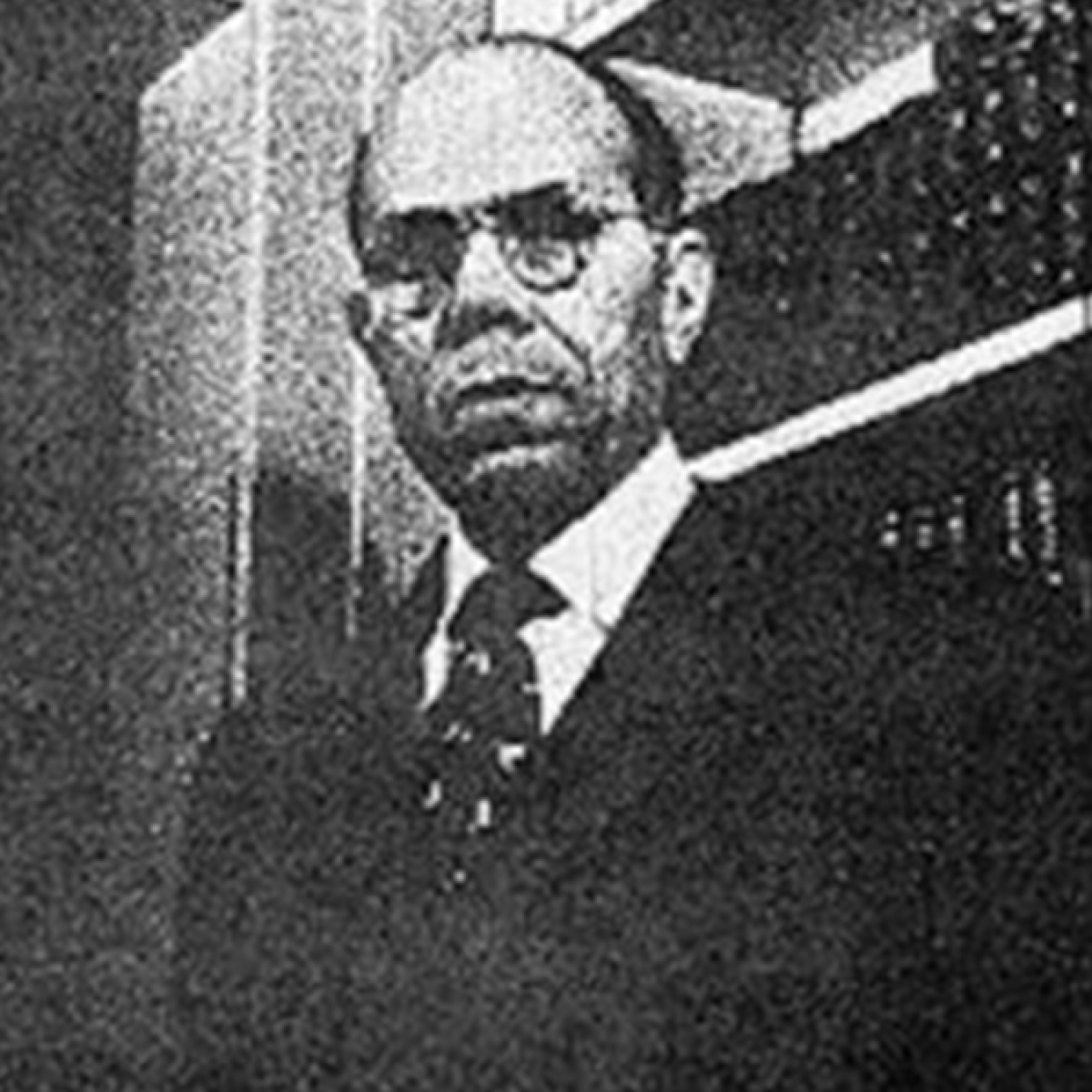
David Crosthwait
David Crosthwait was a mechanical and electrical engineer in the 1920s and '30s who helped create innovative heating systems for landmark buildings, including New York City’s Rockefeller Center and Radio City Music Hall. He received patents on 39 inventions related to heating, ventilation, air conditioning (HVAC) power plants. In 1971, he became the first African American fellow of the American Society of Heating, Refrigeration, and Air Conditioning Engineers.
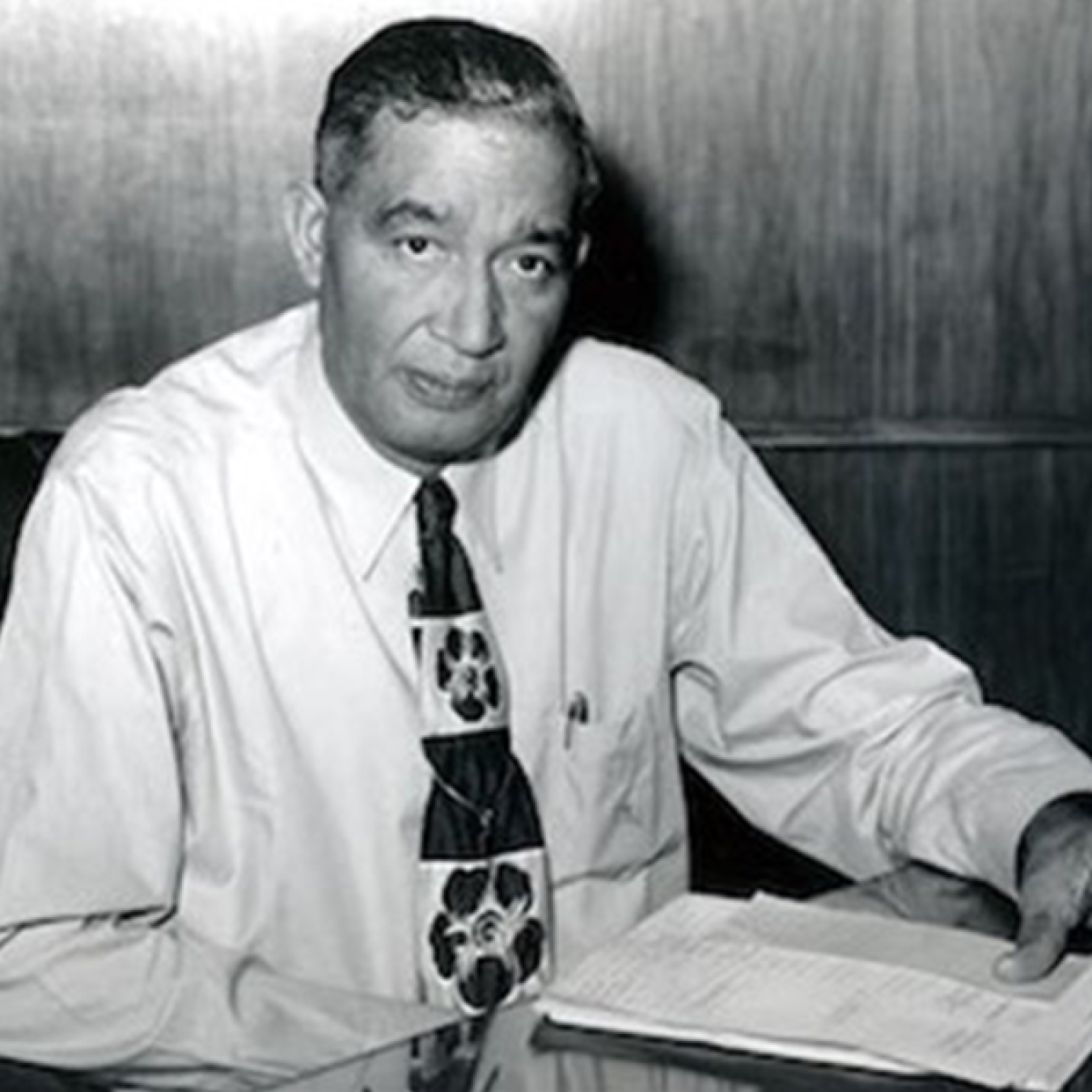
Frederick McKinley Jones
An inductee into the National Inventers Hall of Fame and winner of the National Medal of Technology, Frederick McKinley Jones masterminded innovations in refrigeration and food transportation at the height of World War II, which helped advance the long-haul transit of perishable goods. Awarded 61 patents, he cofounded Thermo King, a leading American manufacturer of temperature control systems.
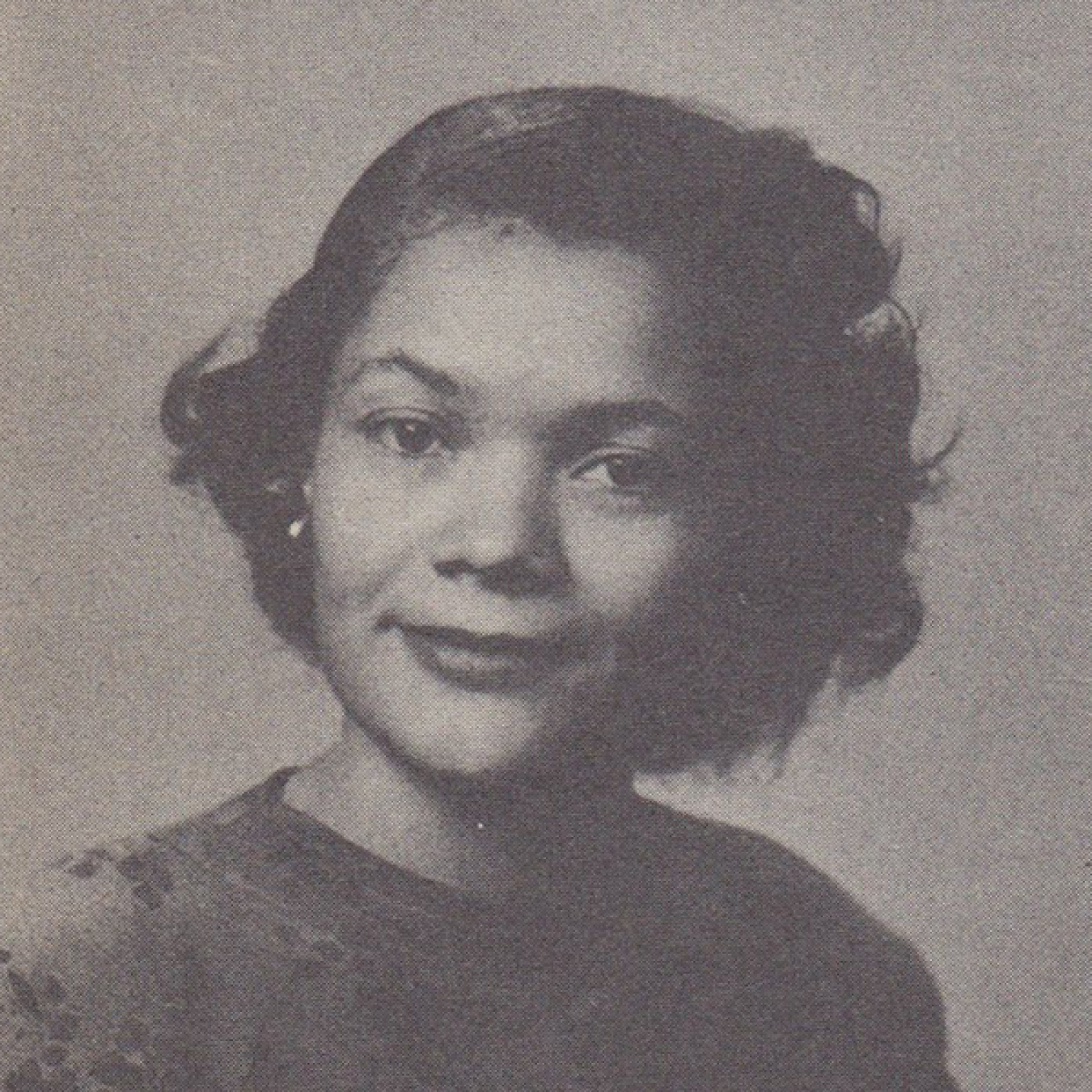
Carolyn B. Parker
In 1943, Carolyn B. Parker was recruited from a mathematics graduate program at the University of Michigan to work as a research physicist on the Dayton Project—a key part of the top-secret Manhattan Project aimed at developing the first atomic bomb. Her work focused on separating and purifying the radioactive element polonium, used to initiate the fission chain reaction in early atomic weapons. Parker would go on to become the first African American woman to earn a postgraduate degree in physics at the Massachusetts Institute of Technology.
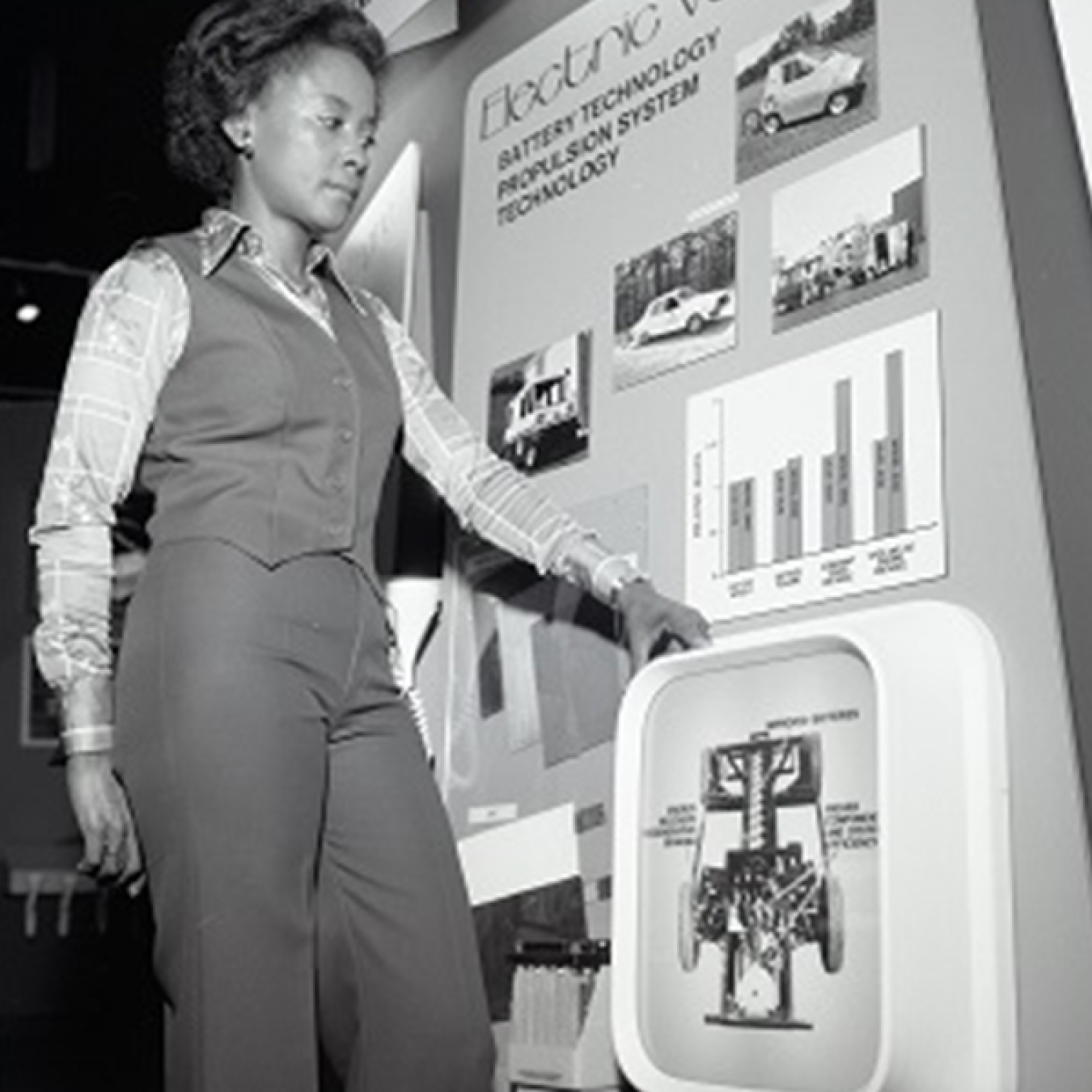
Annie Easley
Annie Easley started her career in 1955 as one of the first African Americans at NASA (when it was called NACA, or the National Advisory Committee for Aeronautics), essentially acting as a human computer, performing manual computations for researchers. A gifted programmer, she developed computer code that was used to analyze wind and solar energy projects, as well as batteries for early hybrid vehicles. She also worked on technologies for the Centaur upper-stage rocket, which used liquid oxygen and liquid hydrogen to achieve liftoff. In February 2021, the International Astronomical Union named a crater on the moon after Easley.
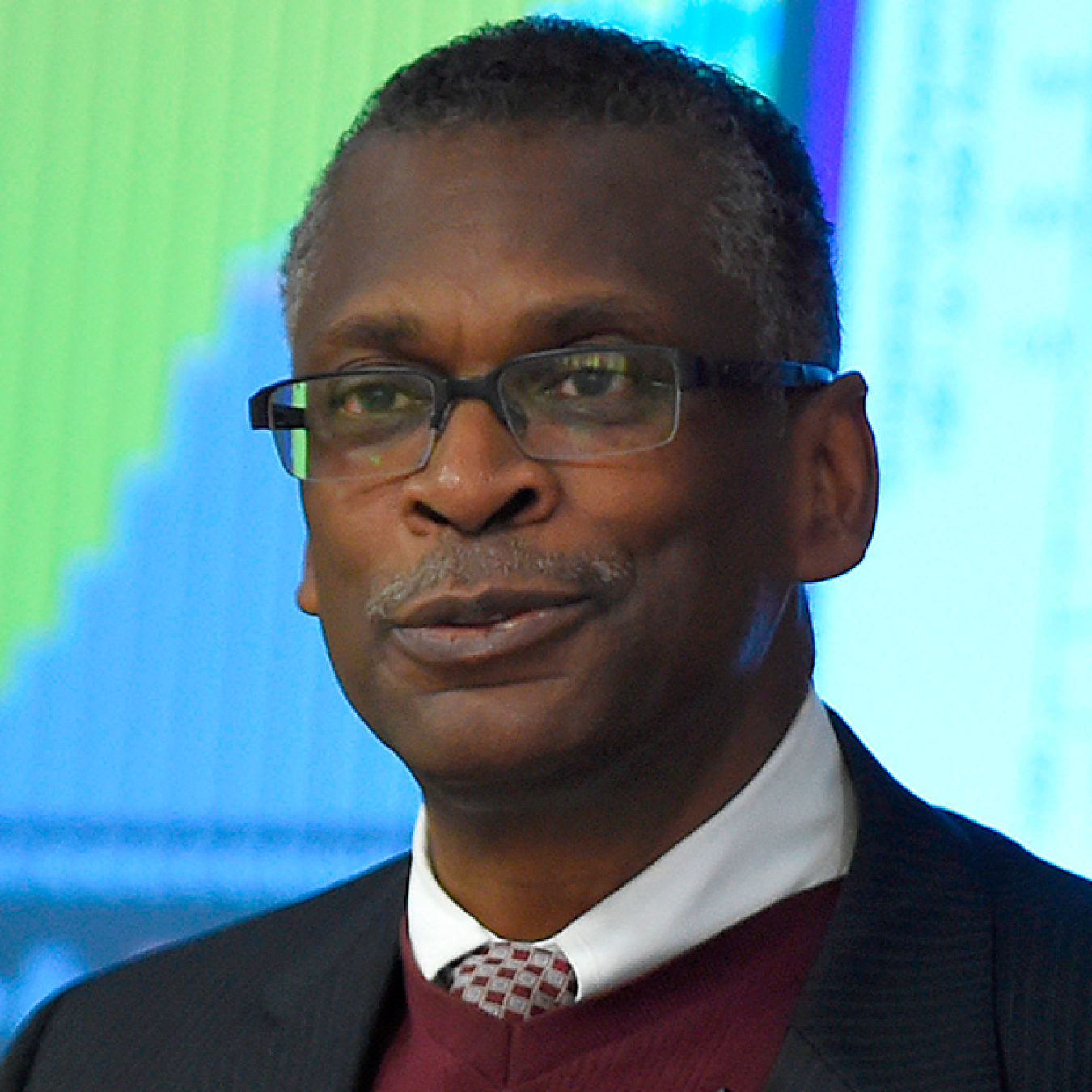
Lonnie Johnson
In 1982, Lonnie Johnson was planning to invent a heat pump that used water instead of Freon and instead developed one of the most popular toys in American history: the Super Soaker water gun. Johnson is a prolific inventor, with more than 150 patents—one of which is for a device that turns waste heat into electricity. Today the former NASA engineer and U.S. Air Force serviceman is developing that thermo-electrochemical converter, as well as a new solid-state lithium-metal battery—two inventions that could contribute to decarbonizing the economy.
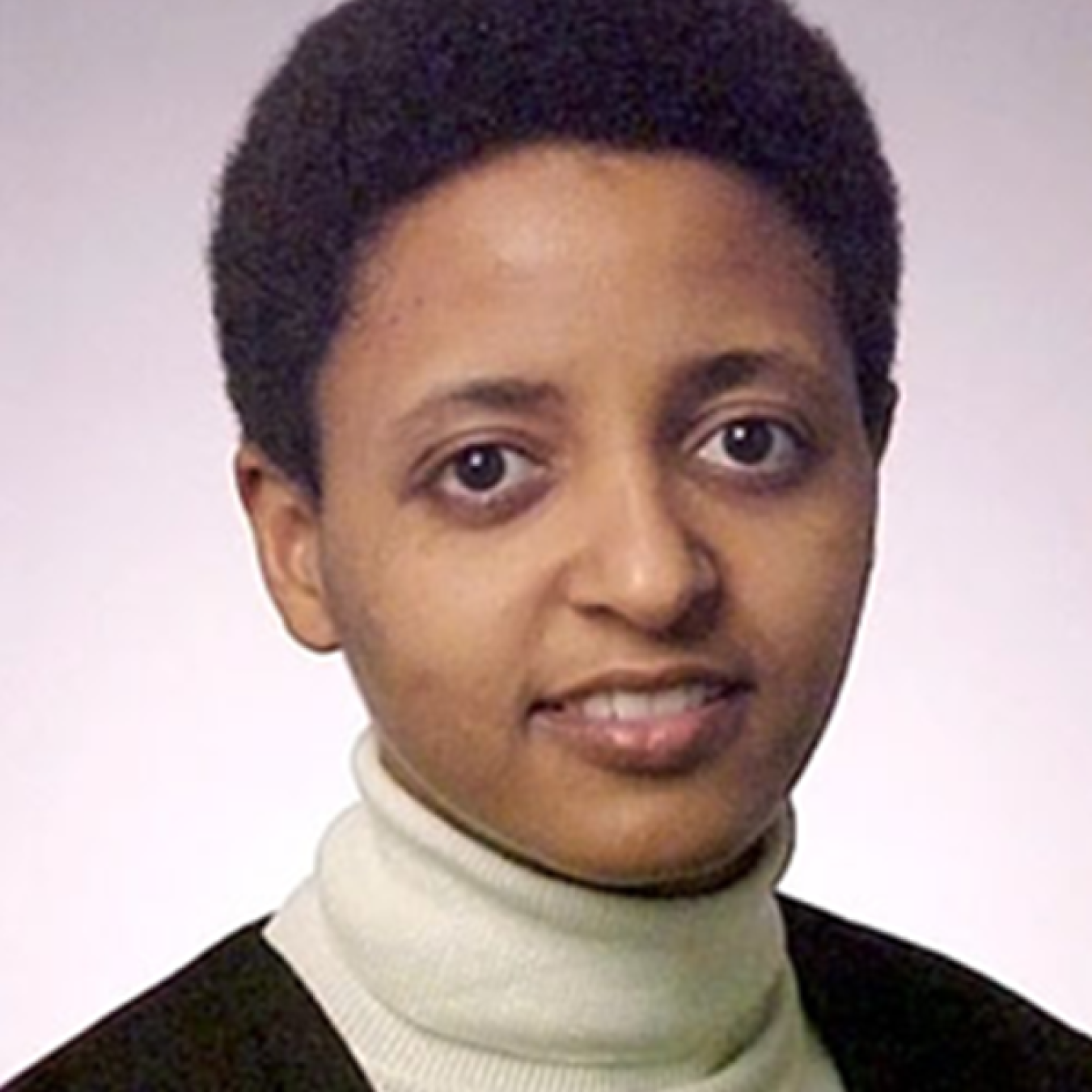
Sossina Haile
In the 1990s, Sossina Haile fabricated the first solid-acid fuel cell, which converts chemical energy into electrical energy. She has since established a new class of fuel cells and demonstrated record power densities for solid oxide fuel cells. In 2008 the National Science Foundation awarded Haile the American Competitiveness and Innovation fellowship to recognize her “transformative research in the energy field and her dedication to inclusive mentoring, education and outreach.” Today she leads a research group at Northwestern University investigating thermochemical processes to generate solar fuels.
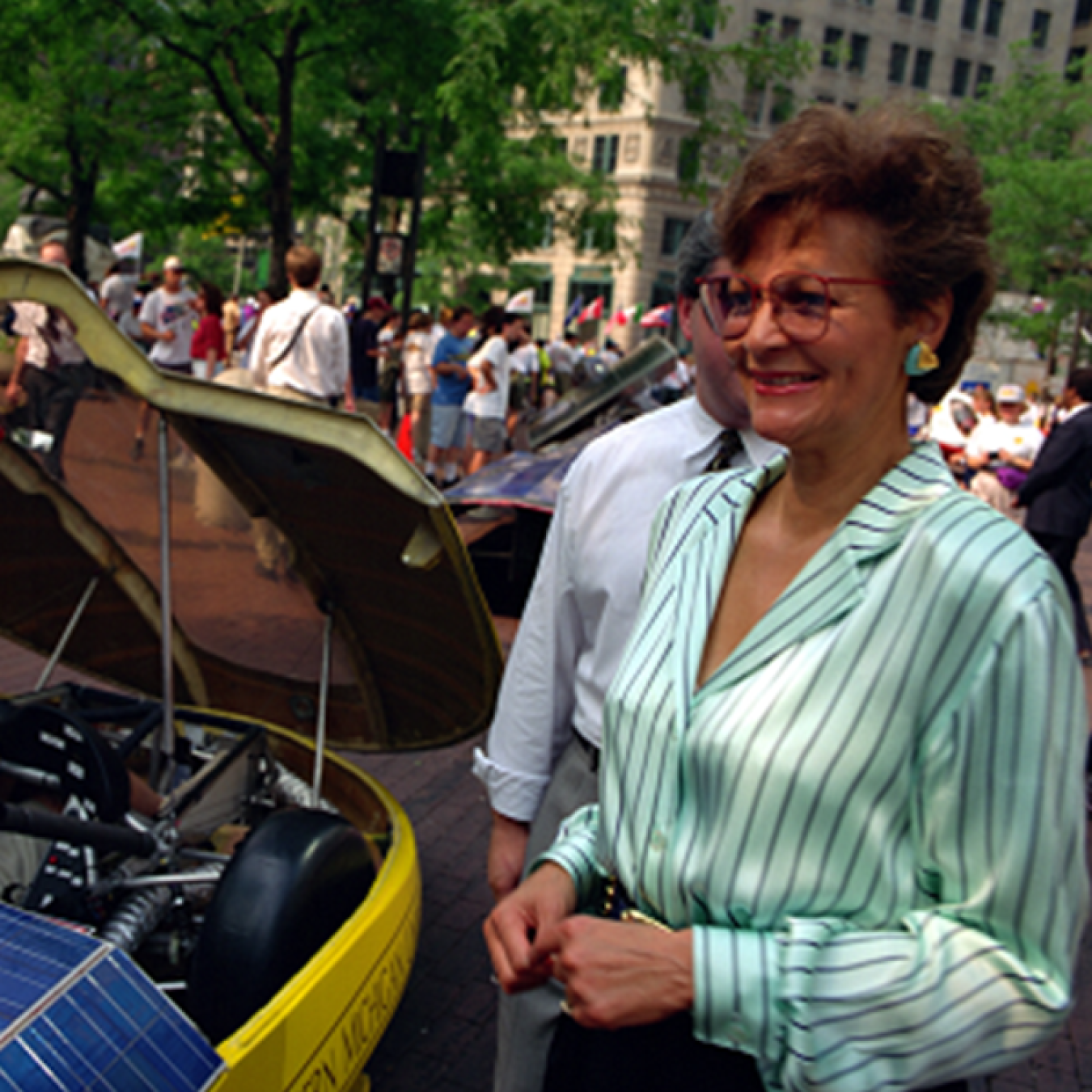
Hazel O’Leary
In 1993, Hazel O’Leary broke barriers as the first woman and first Black citizen to serve as U.S. Secretary of Energy. She was known for her commitment to linking energy policy decisions to the health and quality of the environment. O’Leary requested more DOE funding for renewable energy and energy-efficient technologies, established a quantifiable way to measure agency successes, and ensured DOE partnered with nonprofits and utilities to accelerate commercialization of advanced energy-efficient appliances. She later led the Ambassadors for the Minorities in Energy Initiative at DOE’s Office of Economic Impact and Diversity.
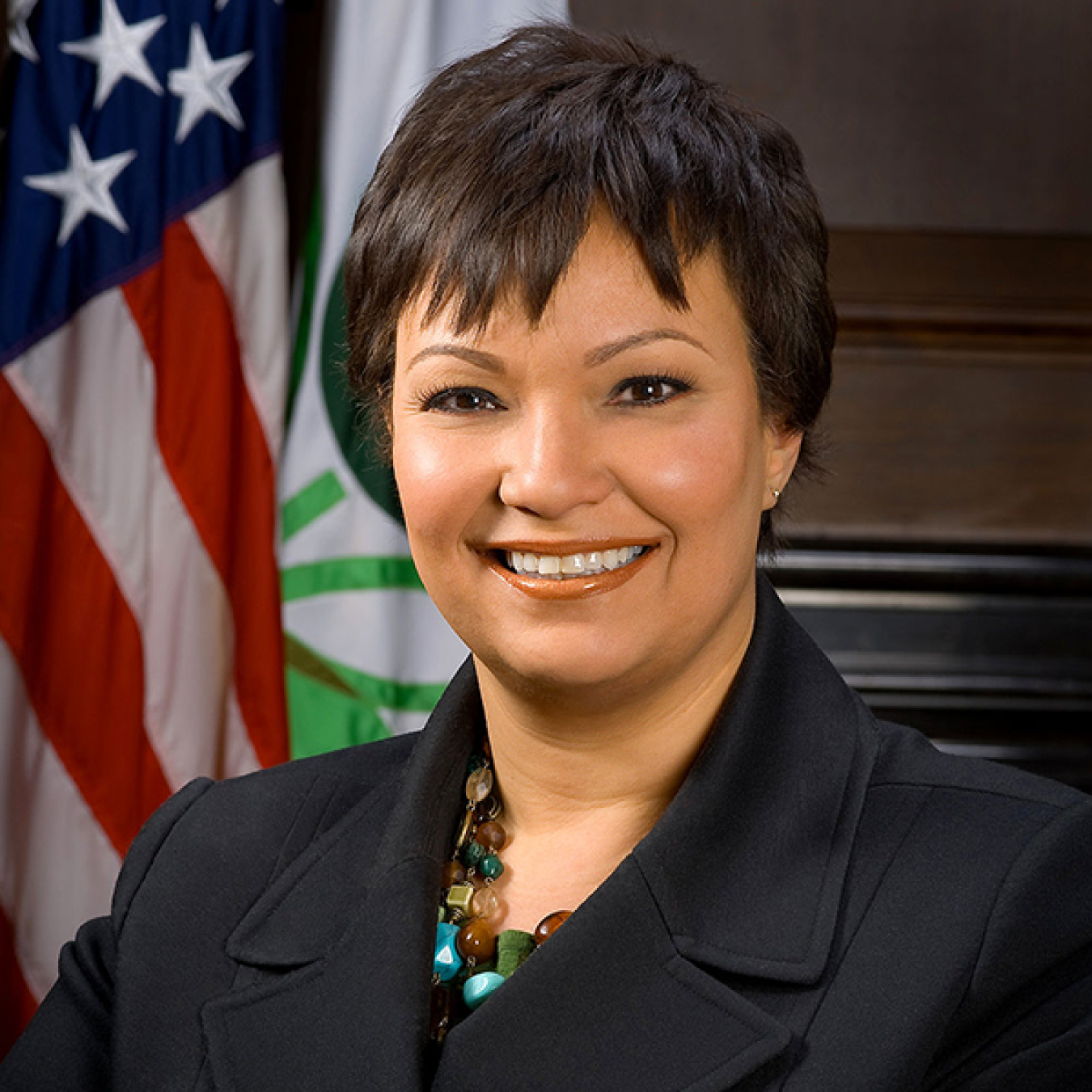
Lisa P. Jackson
Lisa P. Jackson joined the U.S. Environmental Protection Agency (EPA) as an engineer in 1987 and became its first African American administrator in 2009. Jackson prioritized action on climate change, improving air quality, protecting U.S. waters, and working for environmental justice. Under Jackson’s leadership, EPA issued clean-air standards designed to reduce emissions from large facilities and collaborated with the Department of Transportation to launch a clean cars program to make vehicles more fuel-efficient.

Jessica O. Matthews
In 2010, Jessica O. Matthews invented an energy-generating soccer ball intended to provide power for off-grid African communities. She was 19 and a student at Harvard University at the time. At age 22 she became the founder and CEO of a technology company focused on bringing sustainable, innovative, and cost-effective energy infrastructure to cities. In 2012 she received an invitation from the White House to represent small businesses for the signing of the America Invents Act. Matthews has 12 patents and patents pending.
Today, DOE is committed to executing President Biden’s Justice40 initiative, a pledge to deliver 40% of overall benefits of federal investments to historically marginalized and underserved communities. DOE’s Inclusive Energy Innovation Prize and Clean Energy Corps are among recent efforts to increase justice, equity, diversity, and inclusion in climate innovation and the clean energy workforce.
As we look ahead, we can draw inspiration from the past. These pioneers, inventors, and leaders are a reminder that we need diverse perspectives to achieve a just and equitable clean energy future.
